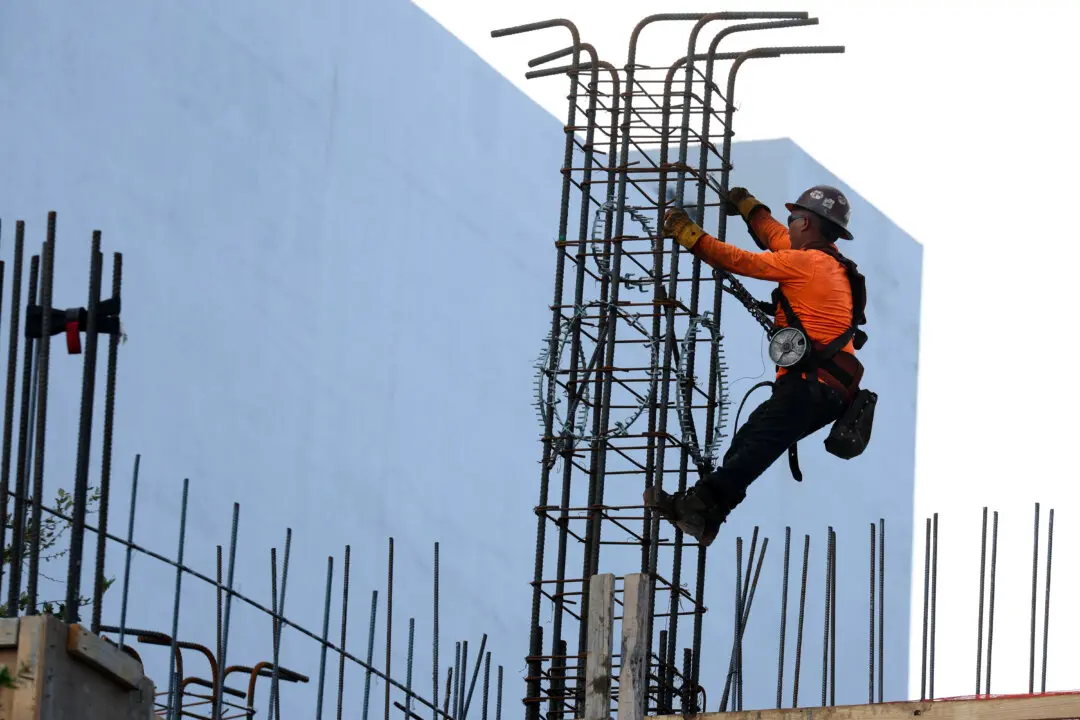Commentary
Egg prices are through the roof, more than at any time in the last five years. But this is the exception. Real-time inflation started settling down in late January, around the time of the inauguration, which allows the Trump administration to take some credit. This is not entirely incorrect but the causal relationship is rather circuitous.





